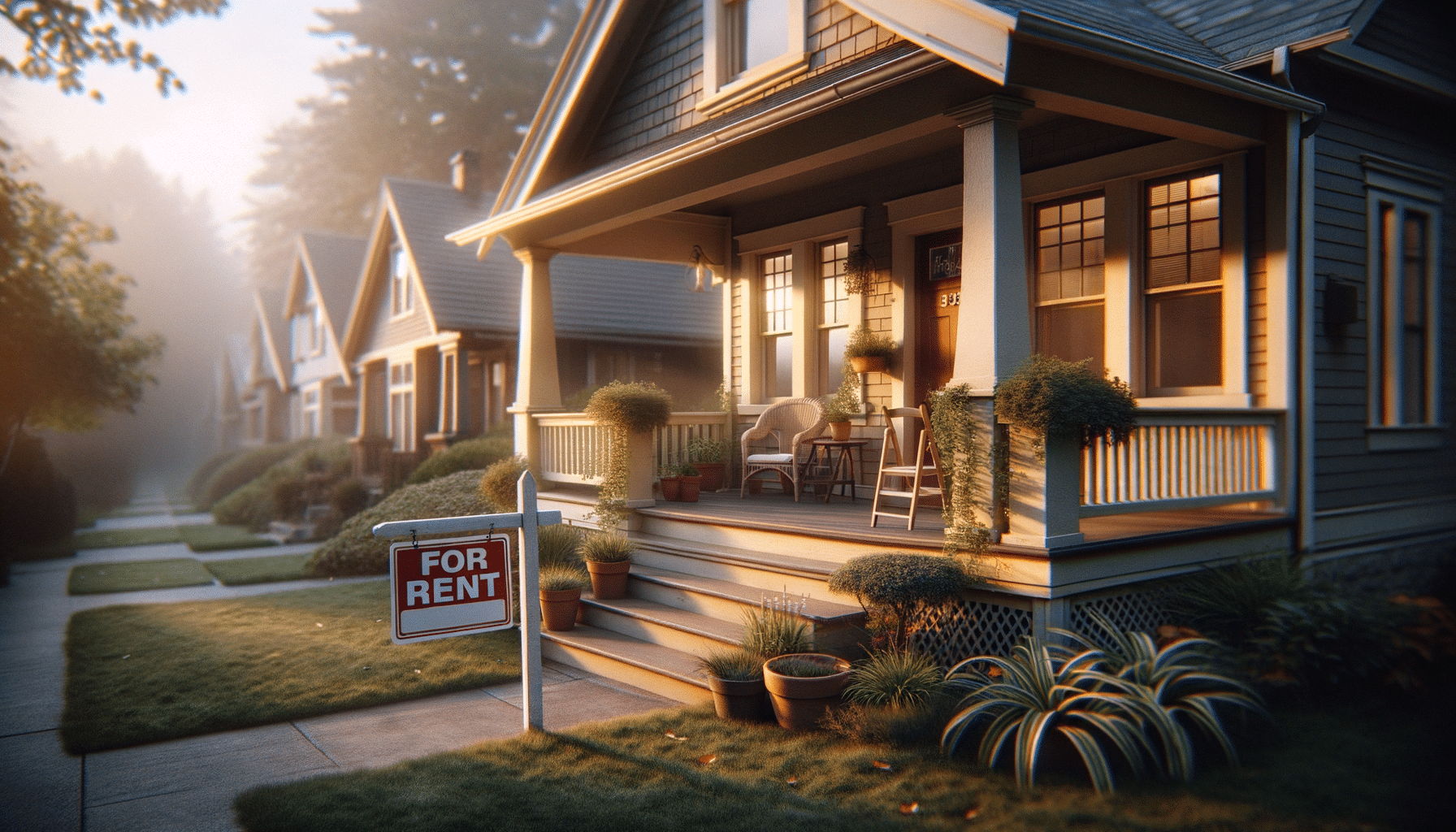
The Importance of Regular Vet Check-Ups for Your Pet
Regular vet check-ups play a crucial role in maintaining your pet’s health and well-being. While it might be easy to overlook these visits in the hustle and bustle of daily life, they are essential for preventing diseases, catching health issues early, and ensuring your furry friend lives a long, happy life.
Why Regular Vet Check-Ups Matter
Just like humans, pets benefit from regular medical examinations. These routine visits help veterinarians detect potential health problems before they become serious. According to the American Veterinary Medical Association, consistent veterinary care can prevent or manage many health issues, enhancing your pet’s quality of life significantly.
Expert Insights
Veterinarians emphasize the importance of regular check-ups. Dr. Emily Benson, a renowned veterinarian, states, “Routine exams are vital for catching health concerns early on. They allow us to provide preventive care and tailor treatments specifically for your pet.”
Statistics You Should Know
Research indicates that pets who have regular vet visits tend to live longer. A study published by the Pet Health Network found that pets receiving annual check-ups have a 20% higher chance of early disease detection, which significantly improves treatment outcomes.
Personal Anecdote
Consider the story of Max, a playful Labrador whose owner, Lisa, diligently scheduled annual vet visits. During one such check-up, the vet noticed early signs of arthritis. With prompt intervention, Max received the necessary care, allowing him to continue enjoying his daily walks and playtime.
Actionable Tips for Pet Owners
- Schedule vet visits at least once a year for adult pets, and more frequently for puppies, kittens, and senior animals.
- Maintain a record of your pet’s vaccination and health history.
- Observe your pet’s behavior and report any changes to your vet.
Consider setting reminders for your pet’s vet appointments using your phone’s calendar or a dedicated app. This way, you’ll never miss an important check-up.
Key Components of a Vet Check-Up
| Component | Description |
|---|---|
| Physical Examination | A thorough examination of your pet’s body. |
| Vaccinations | Updated shots to prevent diseases. |
| Dental Check | Assessment of teeth and gums for oral health. |
| Weight and Nutrition | Evaluation of diet and body condition. |
| Behavioral Assessment | Monitoring changes in behavior. |
| Blood Tests | Checking for underlying conditions. |
| Parasite Control | Prevention and treatment of parasites. |
| Follow-up Plan | Recommendations for future care. |
Frequently Asked Questions
How often should my pet visit the vet?
Adult pets should see a vet at least once a year, while younger and older pets may require more frequent visits.
What should I bring to a vet check-up?
Bring any medical records, a list of your pet’s medications, and any relevant health concerns you’ve noticed.
Can I prepare my pet for a vet visit?
Yes, familiarize your pet with car rides and handling to reduce anxiety during visits.
Conclusion
Regular vet check-ups are a cornerstone of responsible pet ownership, ensuring your pet remains healthy and active throughout their life. By staying proactive about their health, you not only prevent potential problems but also strengthen the bond with your furry friend. Schedule that vet appointment today and take a step towards a healthier future for your pet.


